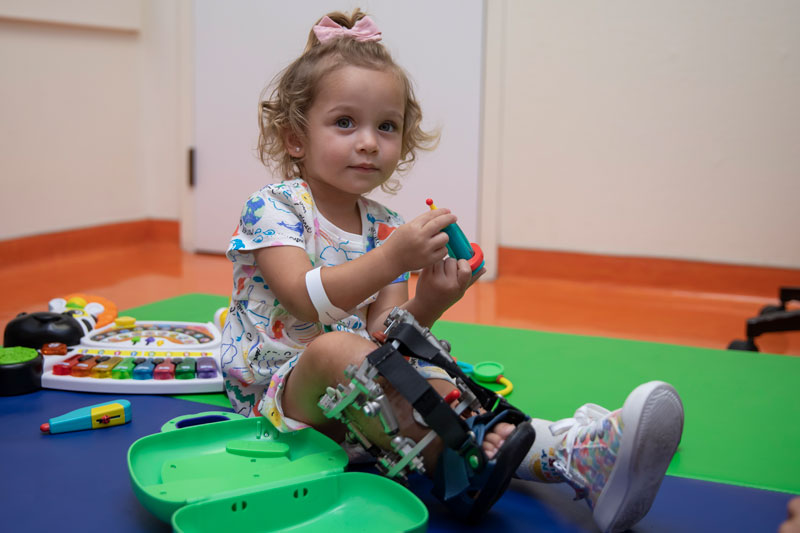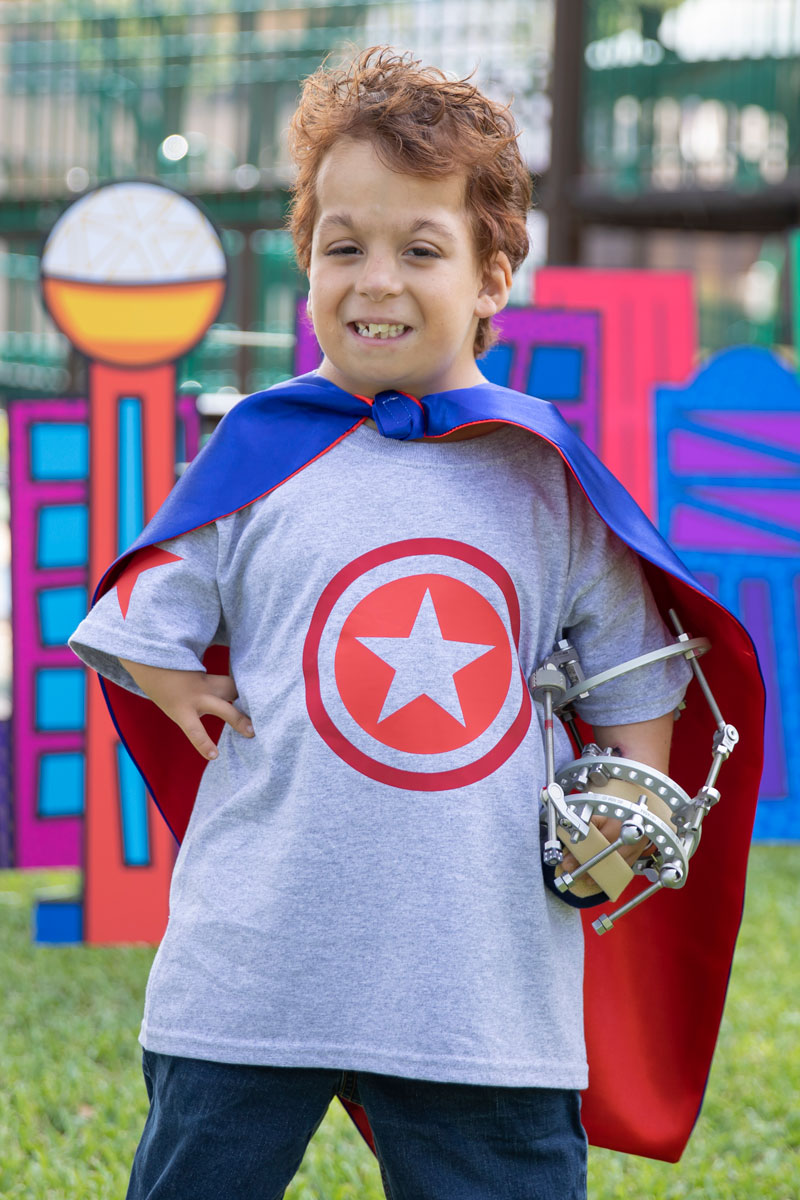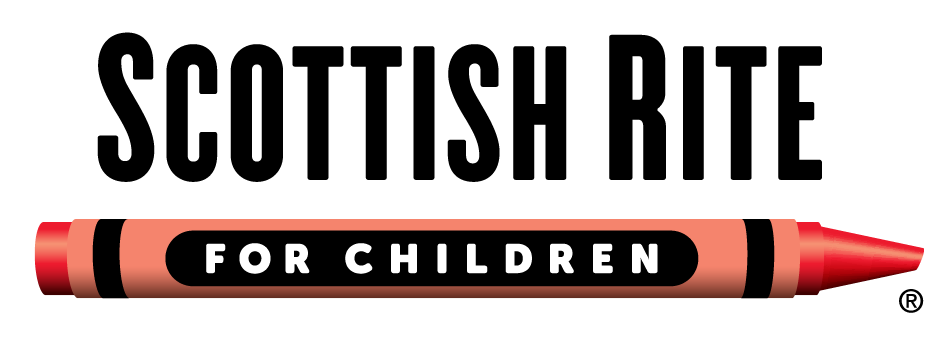Limb Reconstruction

Limb Reconstruction Surgery
Scottish Rite for Children is known around the world for our expertise in limb reconstruction. If your child was born with a limb difference or has had a traumatic injury or bone disease, our multidisciplinary limb reconstruction surgery program can offer advanced care and innovative treatments, many of which were pioneered by our surgeons.
We are dedicated to giving children back their childhood. Our surgeons personalize their treatments to your child’s needs and can care for them until early adulthood, if necessary, to give your child the best possible outcome.
Types of Limb Reconstruction
Orthopedic surgeons at Scottish Rite specialize in many types of limb reconstruction, including:
Bone Transport
Bone transport is a procedure that allows our orthopedic surgeons to rebuild a bone damaged by a serious traumatic injury, bone infection or other disease.
During the procedure, a section of your child’s damaged bone is removed. Another healthy section of the same bone is cut (a procedure called an osteotomy). An external or internal fixator will gradually move, or “transport,” the bone from the osteotomy to fill in the gap created when the damaged bone was removed. New bone will grow at the site of the osteotomy, and your child will have a complete, healthy bone.
Cross-Union Technique
The cross-union technique combines internal and external fixators with bone grafts to fix deformities.
At the site of the damage or deformity, our orthopedic surgeons can reposition sections of a bone so they line up properly. They will insert a rod to keep the bone straight and prevent another fracture, then wrap the area where the bones connect with a bone graft (a section of healthy bone from another area of your child’s body). Next, your child will have an external fixator placed around the bone as it heals.
Deformity Correction
Some children may need a straightforward procedure in which a surgeon performs an osteotomy with internal or external fixation to correct a limb difference.
These are typically minimally invasive procedures, meaning they require only a few small incisions, that involve cutting the child’s bone and using a fixator to correct the bone’s position. Depending on your child’s diagnosis, the surgeon may use a plate or internal rod and screws for an immediate fix or an external fixator that repositions the bone gradually.
Deformity corrections can help patients with congenital or developmental limb differences, as well as those who have had a traumatic injury.
What to Expect
Every surgical reconstructive procedure at Scottish Rite is designed with your child’s needs in mind. Our surgeons educate you and your child about all your options and help you decide which to choose based on your goals and lifestyle and the risks and benefits of each option. Our primary focus is helping your child live a fulfilling life today and in the future.
Your Child’s Multidisciplinary Team
Alongside orthopedic surgeons, a variety of specialists collaborate to help ensure successful limb reconstruction procedures at Scottish Rite. Your care team may include:
Follow-Up Care
Your child may need a few weeks or a few months to recover from their procedure, depending on the type they have. Throughout their recovery, they will have access to comprehensive follow-up care and services, such as:
- In-house orthotics, which your child may need during recovery
- Pain management services
- Physical therapy to improve mobility and function of the reconstructed joint
- Psychological care to help with pain and emotional concerns your child may have when wearing an external fixator

FAQs
WHAT LIMB DIFFERENCES ARE TREATED WITH LIMB RECONSTRUCTION?
Limb reconstruction can be used to treat complex fractures, bone infections, cysts and congenital limb differences, such as bowlegs.
HOW WILL I KNOW HOW TO USE AN EXTERNAL FIXATOR?
After surgery, your doctor will show you how to use the device. You will need to turn the rods gradually. As you do, new bone will fill in the gap created when your surgeon broke the bone during surgery. You’ll wear the frame until the bone is healed.
DO MUSCLES AND SKIN GROW WITH THE BONE?
Yes. As your bones heal and grow, your muscles, skin, nerves and blood vessels will, as well.
DOES SURGERY HURT?
You won’t feel any pain during surgery. You’ll have anesthesia to put you to sleep or numb the area where your surgeon is operating to keep you comfortable. After surgery, you may feel pain. We will give you medicine, or you can talk to our psychologist about ways to manage your pain.
CAN I PLAY SPORTS AFTER LIMB RECONSTRUCTION?
You may need to take it easy after your surgery until your bone fully heals. Your doctor will tell you which activities you can participate in and when.
IF I HAVE AN INTERNAL ROD, WILL IT STAY IN MY BONE FOREVER?
Generally, no. Your rod may be removed six to 12 months after surgery, but your doctor will know the best time to remove it.
Innovation
As leaders in the field of limb reconstruction, specialists at the Scottish Rite Center for Excellence in Limb Lengthening and Reconstruction travel around the world to teach other medical professionals about the devices used to treat conditions associated with limb deformities. Our physicians also host the annual Controversies in Pediatric Limb Reconstruction symposium, which brings experts in the field of limb reconstruction to Dallas to discuss new treatments and innovations in pediatric limb deformity, limb loss, musculoskeletal infection and severe limb length discrepancies.
The teams also participate in research initiatives to improve care for limb deformities and refine current treatments and techniques.


